The Tabla: A Historical and Cultural Journey
The tabla, a quintessential instrument in Indian classical music, has a rich history and profound significance. This percussion instrument, with its distinctive sound, has captivated audiences worldwide and remains integral to the musical traditions of India.
Historical Origins
The origins of the tabla are shrouded in mystery, with various theories about its inception. One popular belief attributes its creation to the 13th-century Sufi poet and musician Amir Khusrau. However, there is no concrete evidence to support this claim¹. Another theory suggests that the tabla was developed by Sidar Khan Dhari, a court musician in the Delhi durbar during the 18th century¹. It is likely that the tabla evolved over time, influenced by various musical traditions and instruments, including the pakhawaj and dholak.
The name “tabla” is derived from the Arabic word “tabl,” meaning drum. This etymology reflects the instrument’s fusion of Arabic, Turkish, and Persian influences with indigenous Indian drums¹. By the late 18th and early 19th centuries, the tabla had become a prominent instrument in the Indian durbars, where Muslim performers accompanied instrumentalists, vocalists, and dancers.
Structure and Technique
The tabla consists of two drums: the smaller dayan and the larger bayan. The dayan, played with the right hand, is made of wood, while the bayan, played with the left hand, is typically made of metal¹. Both drums are covered with goat or cow skin and feature a black spot in the centre, made of iron fillings, soot, and gum, which produces a characteristic bell-like sound.
The tabla is classified under the membranophone family of instruments and is the most widely used percussion instrument in North Indian music. Its unique sound and versatility make it an essential component of Indian classical compositions.
Gharanas and Styles
The tabla has several gharanas, or traditional schools, each with its own unique style and techniques. The two main gharanas are Dilli Baj and Purbi Baj. Additionally, there are six other recognised gharanas: Delhi, Lucknow, Ajrara, Farukhabad, Benares, and Punjab. Each gharana is distinguished by specific bol techniques and tabla positioning.
Historically, gharana traditions were closely guarded secrets, passed down through generations of musicians. However, modern tabla players often blend elements from different gharanas to create their own unique styles.
Importance in Indian Music
The tabla’s importance in Indian music cannot be overstated. It is an indispensable part of North Indian classical music, providing rhythmic accompaniment to vocalists, instrumentalists, and dancers. The tabla’s intricate rhythms and patterns add depth and complexity to musical compositions, enhancing the overall performance.
In addition to its role in classical music, the tabla has found a place in various other genres, including folk, devotional, and popular music. Its adaptability and versatility have made it a favourite among musicians worldwide.
Renowned Tabla Maestros
Several tabla maestros have contributed to the instrument’s popularity and evolution. Ustad Zakir Hussain, one of the most celebrated tabla players, has gained international acclaim for his virtuosity and innovative performances. He is the son of Ustad Allah Rakha, another legendary tabla maestro.
Trilok Gurtu, known for his fusion of Indian classical music with jazz and world music, has also made significant contributions to the tabla’s global recognition. His unique style and innovative techniques have earned him a place among the greats.
Other notable tabla players include Talvin Singh, who has successfully blended Indian classical music with electronic music, and Anindo Chatterjee, renowned for his collaborations with world-renowned sitar players.
Conclusion
The tabla’s journey from its mysterious origins to its current status as a globally recognised instrument is a testament to its enduring appeal and versatility. Its unique sound, intricate rhythms, and rich cultural heritage make it an integral part of Indian music. The contributions of tabla maestros have further elevated the instrument’s status, ensuring its place in the annals of musical history.
As the tabla continues to evolve and adapt to new musical genres, it remains a symbol of India’s rich cultural heritage and a source of inspiration for musicians worldwide.
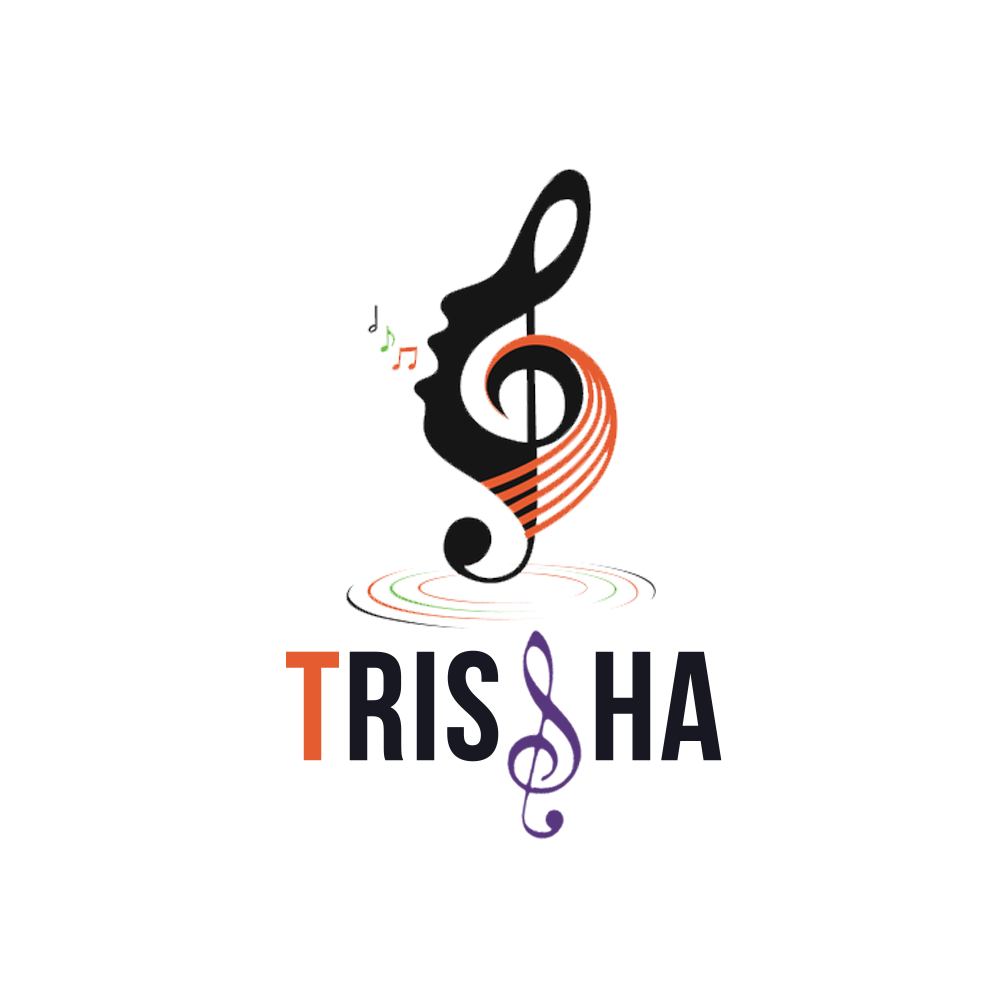
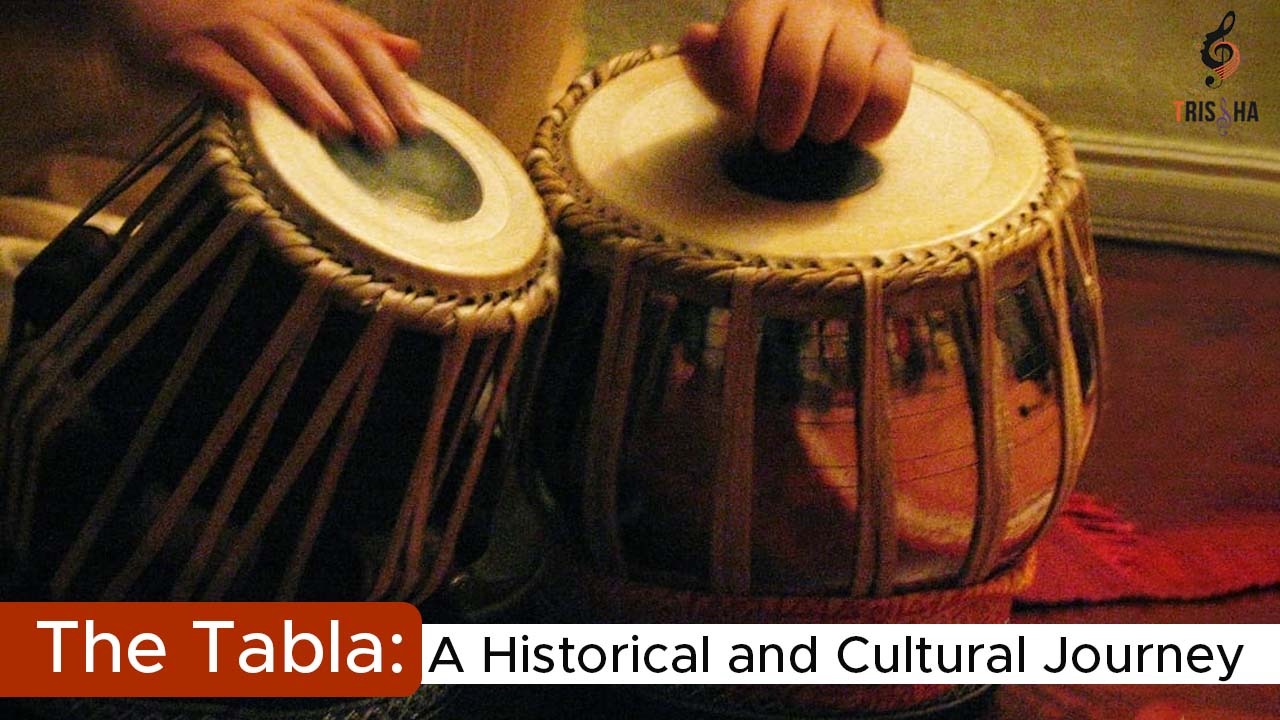
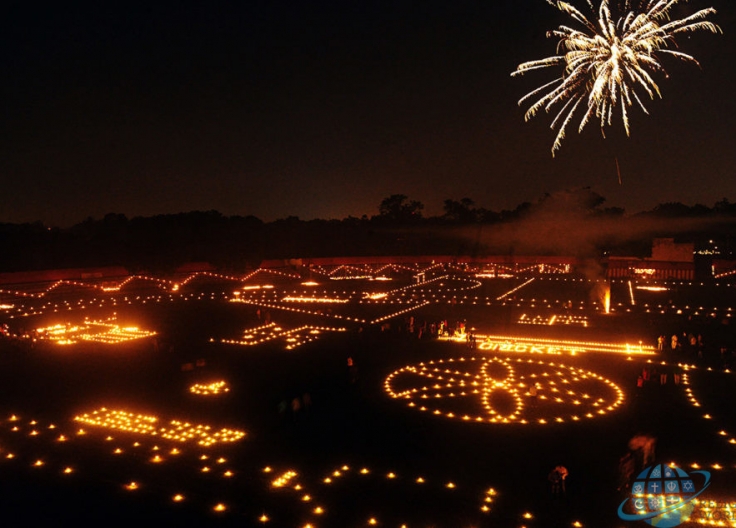

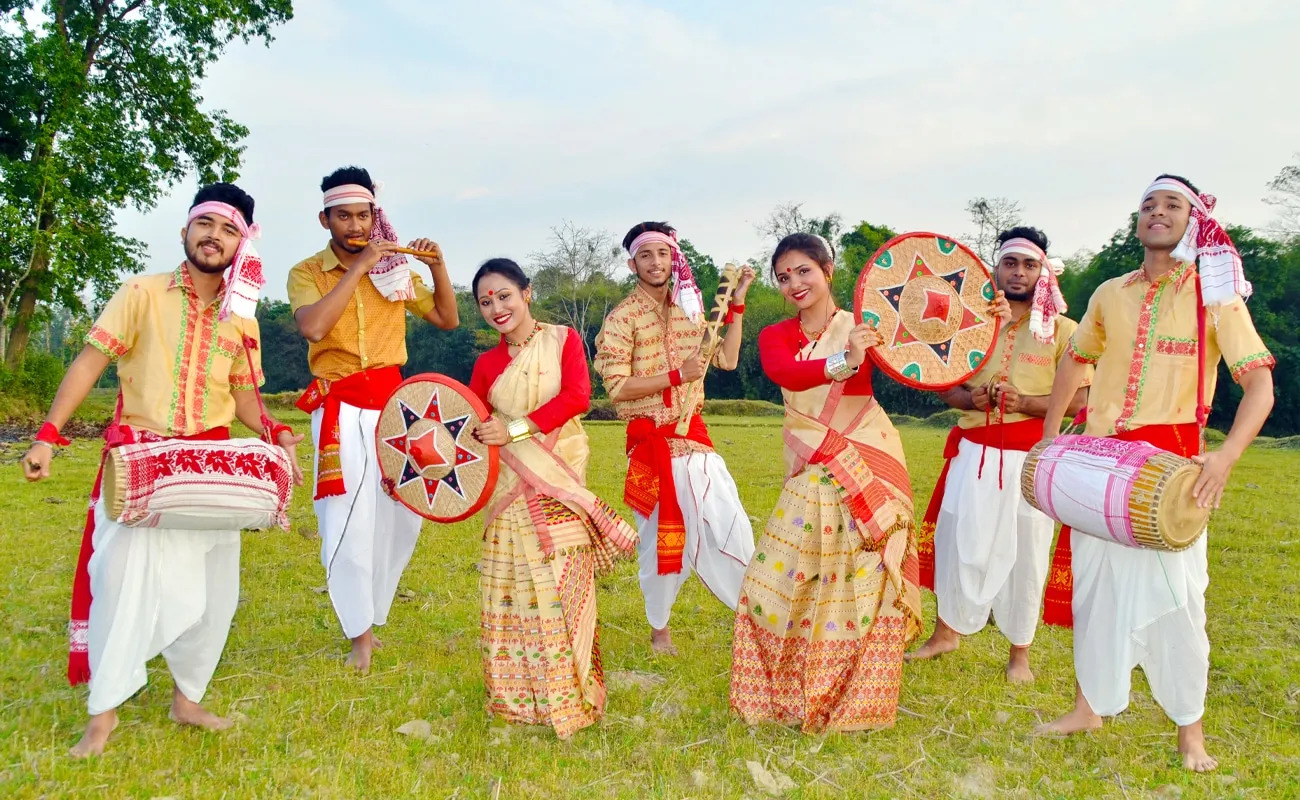
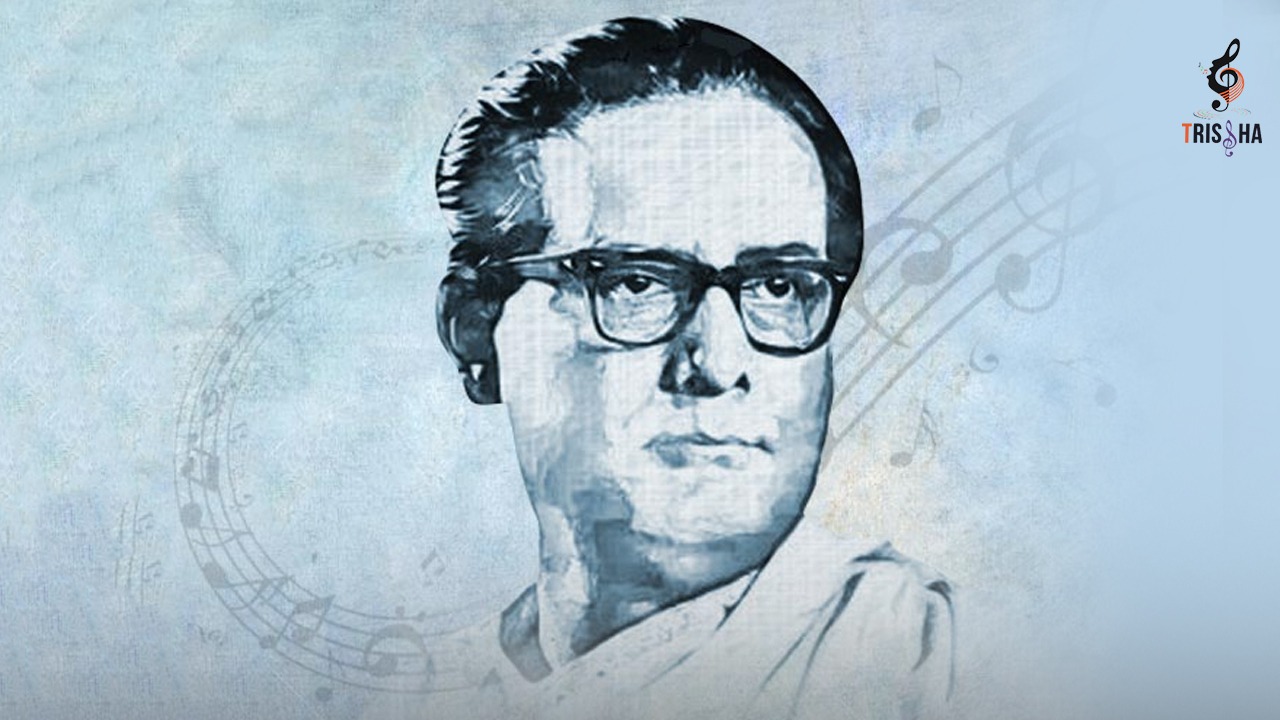

There are no comments